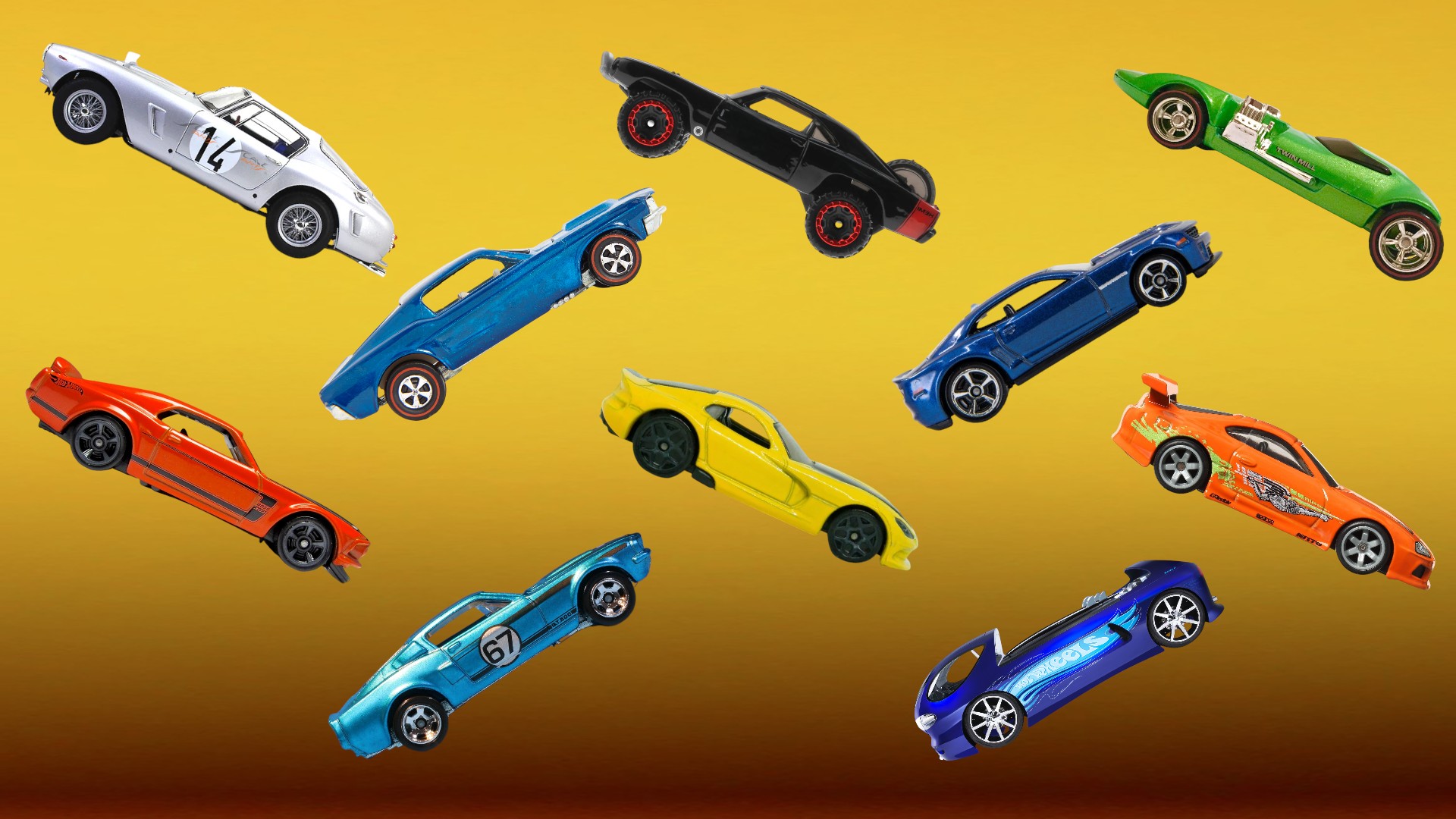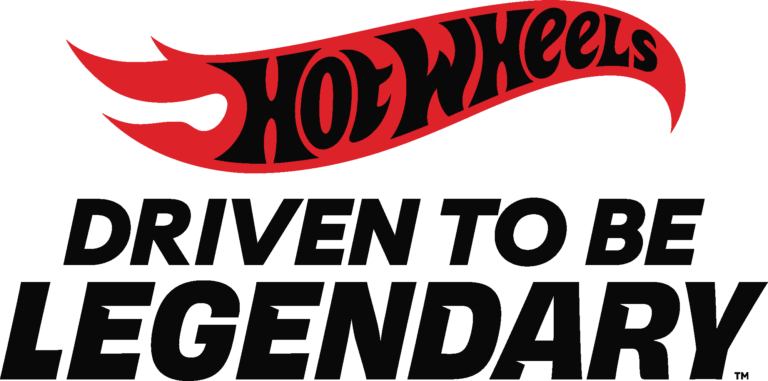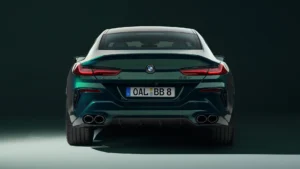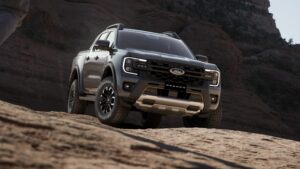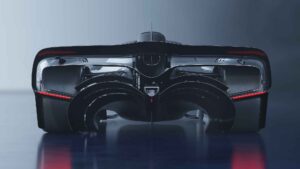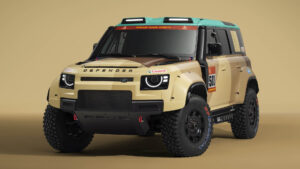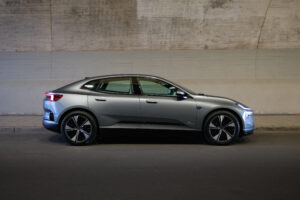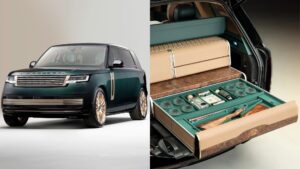Almost 60 years since it first launched, it’s not hard to see why Hot Wheels has stuck around for so long. With keen attention to detail when replicating cars – both fictional and real – these 1:64 scale models have remained iconic collectibles and an enduring part of pop culture.
Whether you had a collection you kept in a big case under your bed, or had a handful that you left out on display, at some point, you’ve most likely owned at least one Hot Wheels. I can guarantee that if you walk into any office space there’s a good chance you’ll find at least one of these small model cars parked on a desk.
Hot Wheels has recently unveiled its “Driven to be Legendary” campaign, which is aimed at hardcore collectors and casual fans. Think of it like a digital car show where you can stay up to date on the brand’s latest developments, trade cars and celebrate its legacy.
In 2024, it’s hard to imagine a world without Hot Wheels – they’ve just always kind of been there. But every story has to start somewhere, so let’s take a look at how this iconic range of toys got going and how Hot Wheels has been a part of both car and pop culture ever since.
How Hot Wheels Got Started
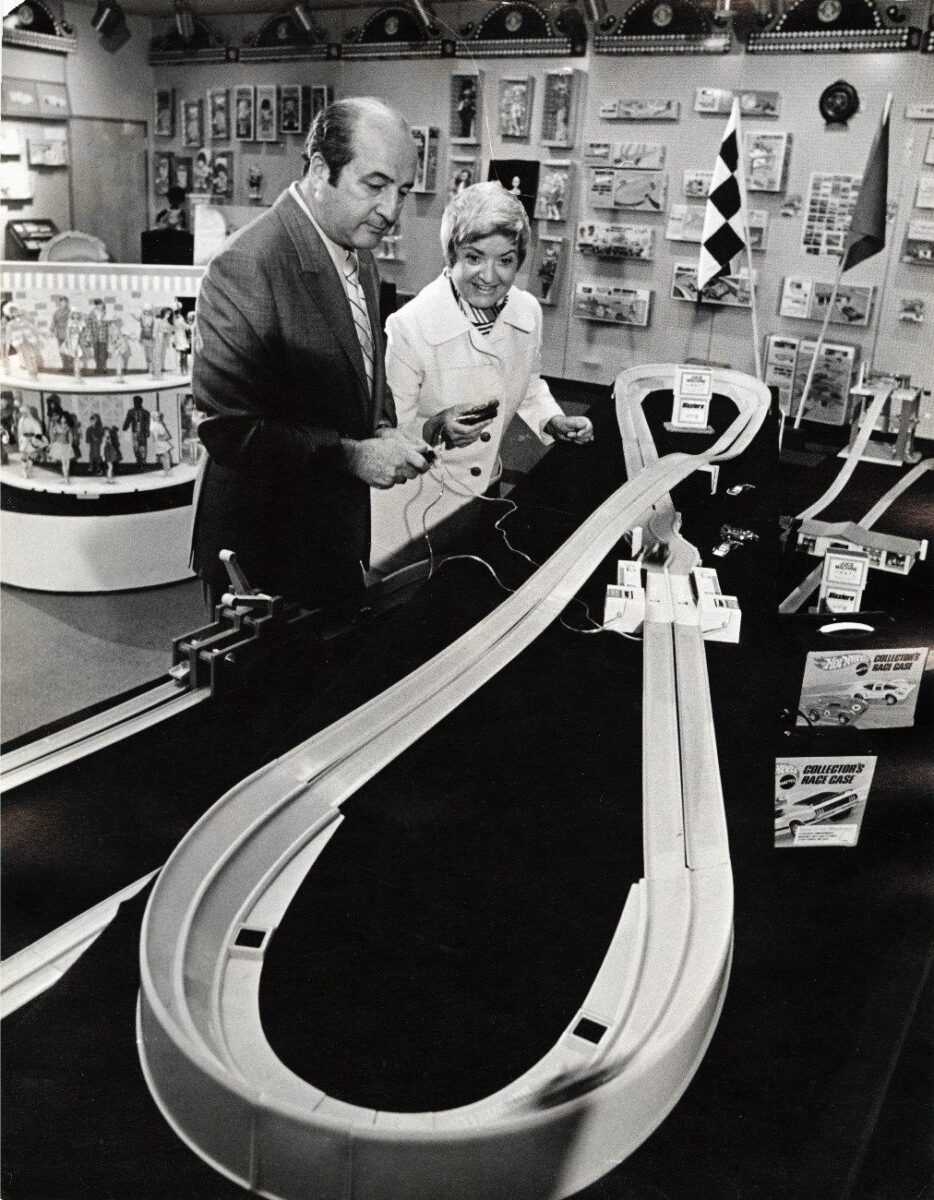
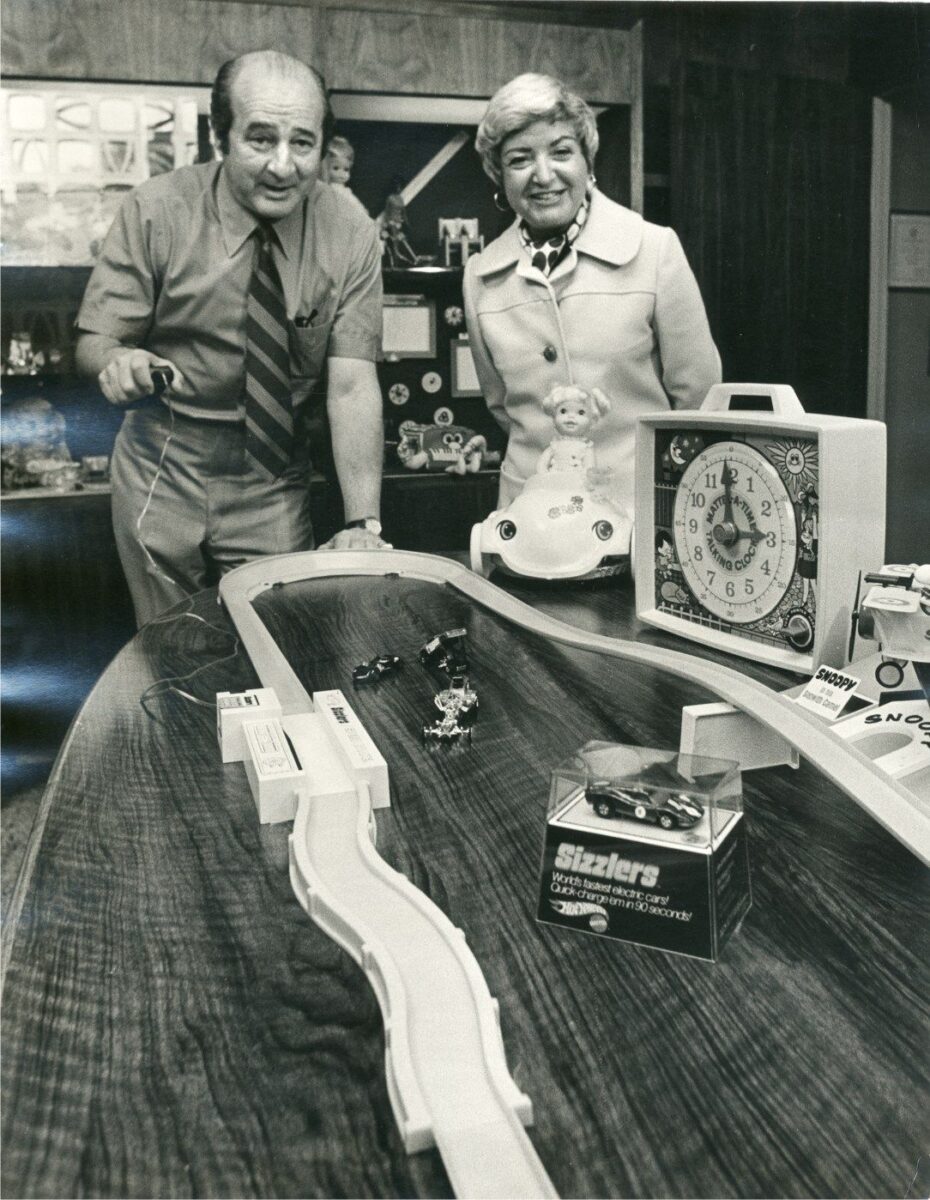
Back in 1968, Elliot Handler, one of Mattel’s co-founders, saw his son playing with a small model car and thought to himself, “Wait, why aren’t we doing this?” Like the Ford team at the 1966 Le Mans race, Handler wanted a better-designed car that’d beat out the competition.
To perfect these die-cast models, Handler worked with aerospace engineer Jack Ryan and a former designer from General Motors Harry Bentley Bradley. Together, the team came up with the initial line of Hot Wheels, known as the Sweet 16, including a Camaro, Firebird and Mustang. This 1:64 scale line was an instant success, with Hot Wheels quickly becoming the go-to choice for die-cast car models.
Throughout the following decades, Mattel has continued to refine its designs while releasing updated models of old and new cars alike. The brand has even worked with a few car manufacturers to ensure the die-cast model is as accurate to the original as possible.
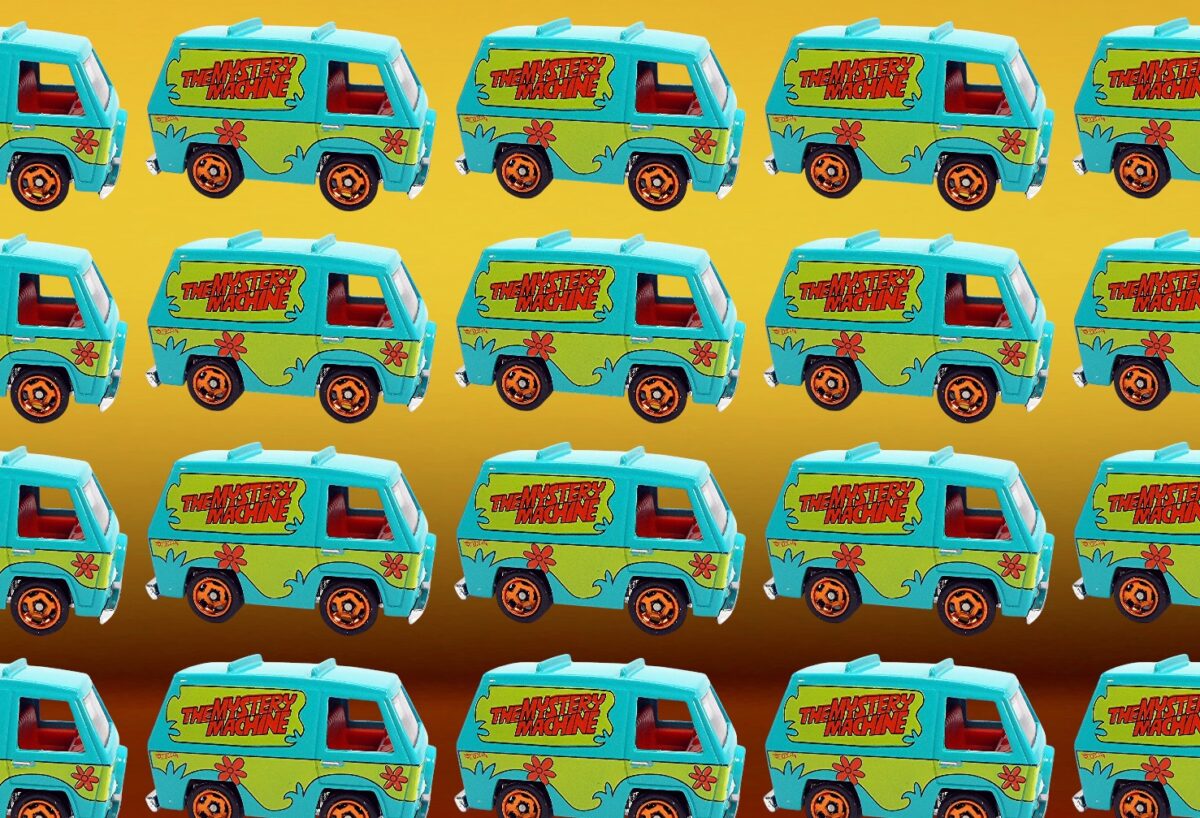
Not one to stay still, Mattel has also changed up its own formula, adding new features to its model designs. In 1983, it released the Real Riders line, which came with actual rubber tyres, and the “Faster than Ever” line from 2005 used nickel-plated axles to make the cars go faster.
Even if your tastes run a bit more fantastical, Hot Wheels has also produced plenty of models based on completely original designs, like a dual-engine VW Bug known as the “Evil Weevil”, the six-wheeled “Open Fire” and a drag-racing hot dog.
There have also been a few models based on iconic cars from movies and TV, including the Mystery Machine from Scooby Doo, the time-travelling DeLorean from Back to the Future and the Octane from Rocket League.
The brand has even gone digital with the Virtual Collectors range, which offers limited-edition unique virtual collectibles based on the actual toy models.
Hot Wheels and real-life
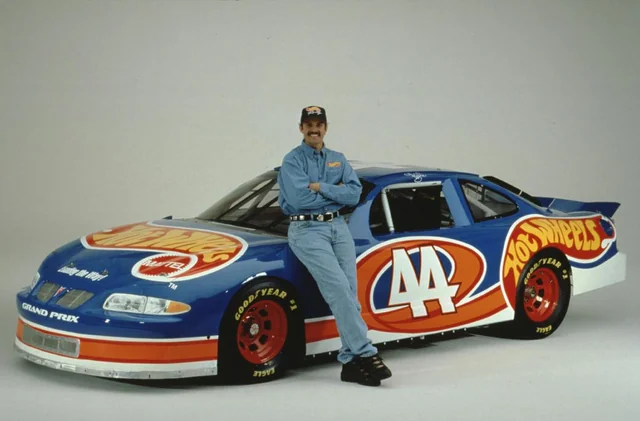
Hot Wheels aren’t just collectible cars. A few years after its launch, the brand would branch out into actual motorsports. As part of a marketing campaign, it sponsored a rivalry between the drag racers Tom “Mongoose” McEwen and Don “Snake” Prudhomme in 1970, which would help contribute to the motorsport’s burgeoning popularity.
In the same year, Hot Wheels would also sponsor the Trans-Am Series driver Dan Gurney and his All American Racers Plymouth Barracuda.
Hot Wheels’ biggest leap into motorsports came when it sponsored driver Kyle Petty, who drove the #44 Pontiac Grand Prix Stocker during the 1997 to 2000 NASCAR seasons. This sponsorship would also let Hot Wheels create licensed models of NASCAR stock cars.
But Hot Wheels’ influence isn’t just limited to racing events. Since 1985, there have been dozens of Hot Wheels video games released, including Hot Wheels Unleashed. The brand has also crossed over with major racing game series like Forza Horizon with expansion packs.
There’s also the Hot Wheels Legends Tour, an annual event where car builders can show off their custom rides with the chance to have their design immortalised as a 1:64 model.
With the recent box-office success of Barbie, another one of Mattel’s flagships, it looks like a big-screen take on Hot Wheels will be racing in theatres sooner rather than later. The film is set to be produced by J. J. Abrams and will be an “emotional and grounded and gritty” take.
Not just for gear heads
Over 50 years and more than 25,000 models later, Hot Wheels is still one of the best-selling toys in history, and it’s not hard to see why.
Like the initial line from 1968, which favoured muscle cars and hot rods, Hot Wheels has always willingly embraced a cooler aesthetic. Even if you aren’t a car guy or a hardcore collector, you can still appreciate the fine craftsmanship of these models. Although, if you’re a hardcore collector, Hot Wheels has you covered with the Red Line Club, which is a subscription service that offers exclusive cars, insider news and sale access to members.
Whether you’re buying a model of your dream ride or grabbing a car because it looks downright cool, there’s a Hot Wheels for everyone.
Plus, let’s face it, very few of us are Jay Leno rich, so unfortunately owning a warehouse full of original cars is out of the question. But a classic Dodge Charger or a Batmobile that fits neatly on your desk? That we can do.
If you’re looking to start building your car collection or add a few more to your personal garage, you can check out Hot Wheels’ Driven to Be Legendary campaign here.
This article is presented in partnership with Hot Wheels. Thank you for supporting the brands that support Boss Hunting.
